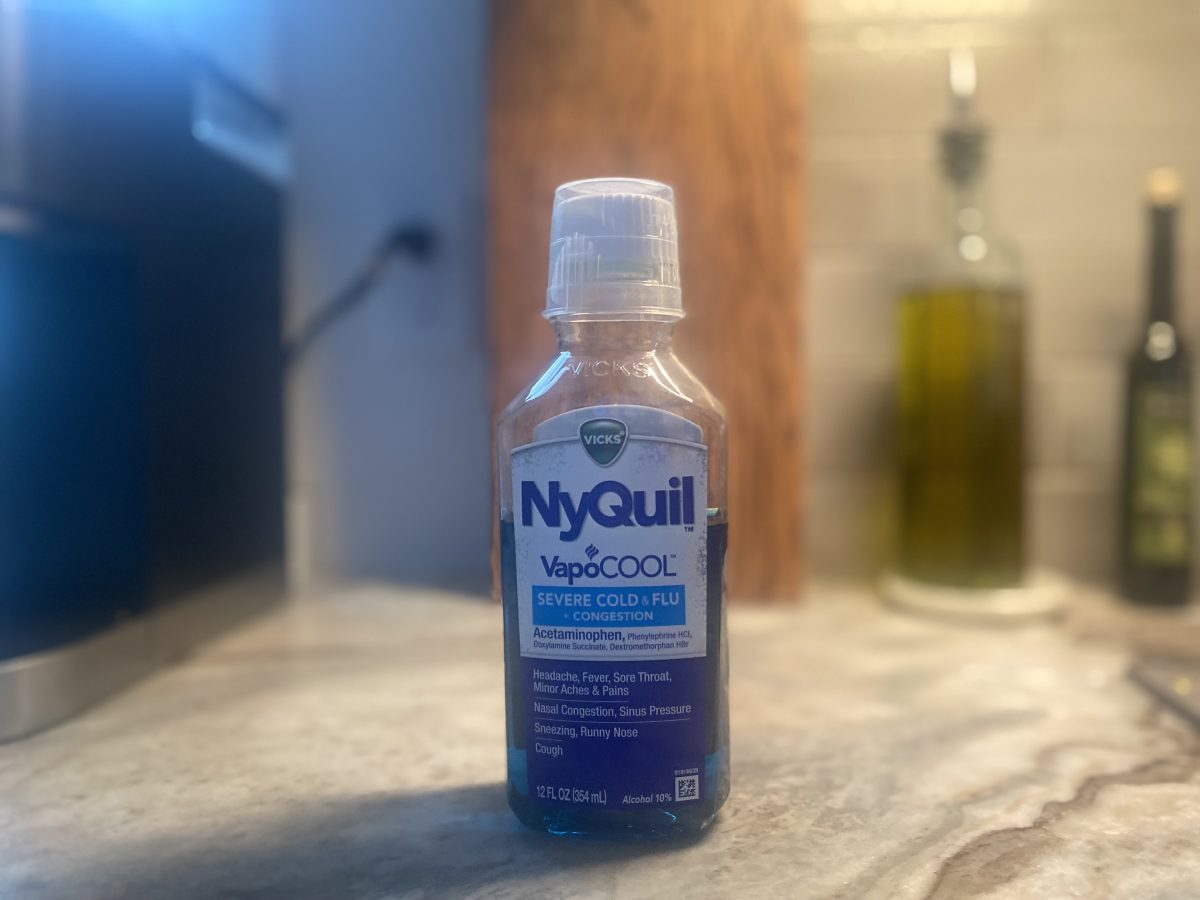It is without a doubt that the internet has a powerful influence on our world’s youth. With around 60% of the world’s population using social media daily, the benefits and consequences are unavoidable. Social media platforms act as a way to foster creativity, individuality, and a limitless gateway to share people’s lives. Despite these advantages, trends can quickly get out of hand and become extremely dangerous.
Anything and anyone has the potential to become viral. Gavin Forrester, who reached 7 million views on one of his TikTok videos and amassed 49,000 followers, adds, “Kids care more about a like on their screen than their safety. If they can go out and do something dumb that will get views, then kids will do whatever they need to get famous.” Teenagers’ lives are fully immersed in the online world, which leaves room for peer pressure and impulsive behavior towards acts involving physical harm.
The most popular trends are also the most dangerous. It is common for kids to abuse the availability of over-the-counter drugs such as Nyquil, Benadryl, and Plan B. Kids would cook chicken in mass amounts of Nyquil, which, when heated, has potentially poisonous ingredients. In addition, kids would also purposely overdose on Benadryl to achieve major hallucinations and blindly swallow Plan B with the hope it will contain an emergency contraceptive. The FDA issued multiple public statements warning young TikTok users of the health effects of these popular trends. It is important to be aware of the effects some of these trends cause. Since teens are naturally more impulsive and likely to act before thinking through all of the ramifications, they may miss an opportunity to keep themselves safe while instead, they are too focused on being trendy and fitting in.
While internet trends happen all over the world, Pennridge High School faced the consequences of the school vandalism trend originating in September 2021. It was popular on TikTok to participate in a “devious lick” where students would sneakily steal bathroom mirrors, soap dispensers, paper towel holders, and more off the bathroom walls. This caused a problem we still face in school to this day: strict bathroom rules and closures. Pennridge had to arrange a pass system and limit the amount of time students spend in the bathrooms to avoid getting a class cut. Many of the popular bathrooms were also shut down after this trend, which caused a lot of disruption around a very simple task. Even with schools having the ability to press charges on acts of vandalism, students continued to participate in other viral challenges.
Angela Schoettle, a Pennridge psychology and history teacher, believes that students use social media and participate in these trends as a way to feel included, “I think people have this need to be a part of something, which is a human nature thing. People look at their value through their likes on social media, which has addictive consequences.” It’s clear that students place more value on popularity and belonging than their own safety. Influencers encourage extreme diets, exercise routines, and unrealistic body standards that ultimately lead to destructive behaviors such as malnutrition, physical injury, eating disorders, body dysmorphia, and mental health issues.
Aside from the more dangerous trends, positive ones can make a huge difference. The Ice Bucket Challenge raised $115 million dollars towards the ALS Association. “If used to raise awareness and not physical or emotional damage, then they are fine, and some can be funny. If it is raising awareness, I don’t see a problem,” expressed Schoettle in response to the effects of internet trends. It is evident that outlandish trends that put the safety of children at risk gain more popularity, but ones like the Ice Bucket Challenge are extremely effective since it’s spreading inclusivity and awareness worldwide.
While the younger population can’t fully eliminate the self-destructing and dangerous internet trends from their lives, it is possible to limit their exposure. Forrester puts it plainly by saying, “I feel like everyone bypasses age verification. There needs to be more parental restrictions and less publicizing the app to young kids.” Social media isn’t going away anytime soon, so it is in society’s best interest to become aware of the medical effects of certain trends and encourage good decision-making to benefit and foster the development of our online community.
Sources:
https://www.nytimes.com/2021/09/17/us/devious-licks-tiktok.html
https://thedo.osteopathic.org/columns/the-dangers-of-social-media-trends/
https://poisoncontrol.utah.edu/news/2022/12/dangerous-social-media-challenges
https://health.clevelandclinic.org/dangers-of-social-media-challenges
https://thedo.osteopathic.org/columns/the-dangers-of-social-media-trends/
https://www.palomar.edu/telescope/2023/03/17/the-influence-of-social-media-trends/
https://www.healthychildren.org/English/family-life/Media/Pages/Dangerous-Internet-Challenges.aspx






